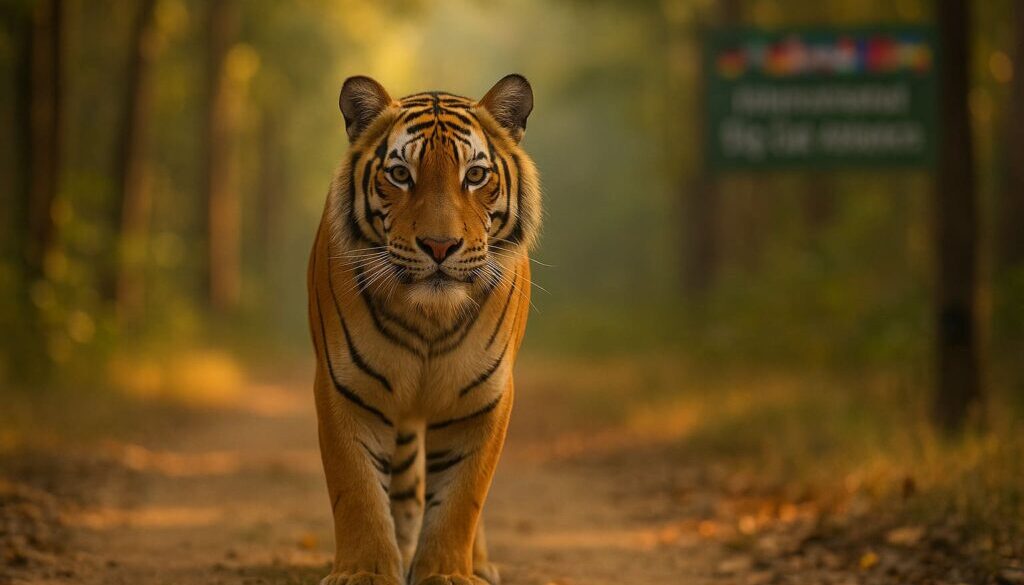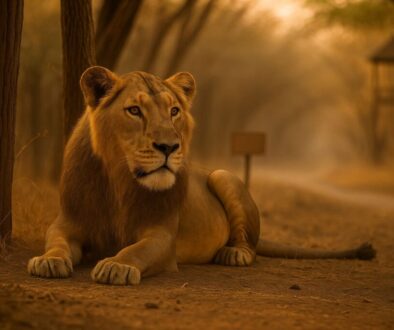International Big Cat Alliance (IBCA)
What IBCA is—and why it matters
The International Big Cat Alliance is a treaty-based inter-governmental organization focused on the conservation of seven “big cats”: tiger, lion, leopard, snow leopard, cheetah, jaguar and puma. It was launched on 9 April 2023, and the Framework Agreement entered into force on 23 January 2025. India hosts the Headquarters and Secretariat, with a Headquarters Agreement signed on 17 April 2025. India has committed ₹150 crore as initial support to create a corpus, infrastructure and meet recurring expenses.
IBCA’s core purpose is to facilitate collaboration, consolidate know-how, and mobilize finance across countries and organizations to secure big cat populations and their habitats worldwide.
Mandate: What IBCA does
-
Coordinate multi-country programs that improve habitats, strengthen protection, fund research and training, and support community-based conservation.
-
Act as a legal entity able to sign agreements, receive funds, and run programs through its Secretariat.
-
Create a shared repository of conservation practices and expertise, and build capacity in range states.
Membership: Who can join and how it’s structured
-
Who can be a Party? All UN member states (both range and non-range countries). About 95–96 are range countries. Organizations can get Observer status.
-
Organs: An Assembly (one representative per Party) is the highest decision-making body; it appoints a Director-General and oversees the Secretariat headquartered in India.
-
Legal standing: The Headquarters Agreement with India grants privileges and immunities like other international organizations.
The seven big cats at a glance
-
Tiger (Panthera tigris) — Endangered; Asia
-
Lion (Panthera leo) — Vulnerable; sub-Saharan Africa, Asiatic population in India
-
Leopard (Panthera pardus) — Vulnerable; Africa and Asia
-
Snow leopard (Panthera uncia) — Vulnerable; Central & South Asian mountains
-
Cheetah (Acinonyx jubatus) — Vulnerable; Africa, reintroduced in India
-
Jaguar (Panthera onca) — Near Threatened; the Americas (Mexico–Argentina)
-
Puma (Puma concolor) — Least Concern; the Americas
All seven are CITES-listed (trade strictly regulated), most in Appendix I.
How IBCA plugs into global rules
-
CITES: Trade controls, backed by ICCWC (CITES, INTERPOL, UNODC, World Bank, WCO). IBCA complements by focusing on habitat and enforcement capacity.
-
CMS: Cheetah and snow leopard listed on Appendix I; Jaguar added in 2020—enabling connectivity and transboundary cooperation.
-
Kunming–Montreal GBF: IBCA supports Target 3 (“30×30”) on well-connected and equitably governed protected areas.
Transboundary conservation frameworks to emulate
-
Tiger landscapes (Asia):
– Terai Arc (India–Nepal): Corridor-based conservation with communities, holds 880+ tigers.
– Global Tiger Initiative/Recovery Program (TX2). -
Snow leopard range (Central & South Asia):
– GSLEP & Bishkek Declaration: 12 countries coordinating on mountain ecosystems. -
Jaguars (the Americas):
– Jaguar Corridor Initiative (Panthera): Range-wide connectivity from Mexico to Argentina. -
Delta & mangroves:
– Sundarbans (India–Bangladesh) MoU: Joint management of a tiger seascape. -
Law enforcement:
– ICCWC Toolkit & Indicator Framework to strengthen anti-trafficking measures.
What effective IBCA programs look like
-
Connectivity first: Corridors and over/underpasses to reduce roadkill and secure gene flow.
-
Science-led monitoring: Standardize camera-trap surveys with SECR models and occupancy data.
-
Community partnerships: Livelihood support, fair compensation, co-management in conflict zones.
-
Trade suppression + justice: Pair field protection with strong CITES compliance and ICCWC frameworks.
-
Finance that fits landscapes: IBCA corpus and pooled funds to seed projects and attract global biodiversity/climate finance.
Quick revision notes
-
IBCA: Treaty organization (in force 23 Jan 2025), HQ in India, ₹150-crore support.
-
Membership: All UN countries; categories: Parties, Signatories, Observers. Organs: Assembly, DG, Secretariat.
-
Seven cats: Tiger, Lion, Leopard, Snow Leopard, Cheetah, Jaguar, Puma (know IUCN status and ranges).
-
Treaty hooks: CITES (trade control) + CMS (migratory/connectivity) + GBF Target 3 (30×30).
-
Transboundary examples: Terai Arc, GSLEP, Jaguar Corridor, Sundarbans MoU, ICCWC tools.


